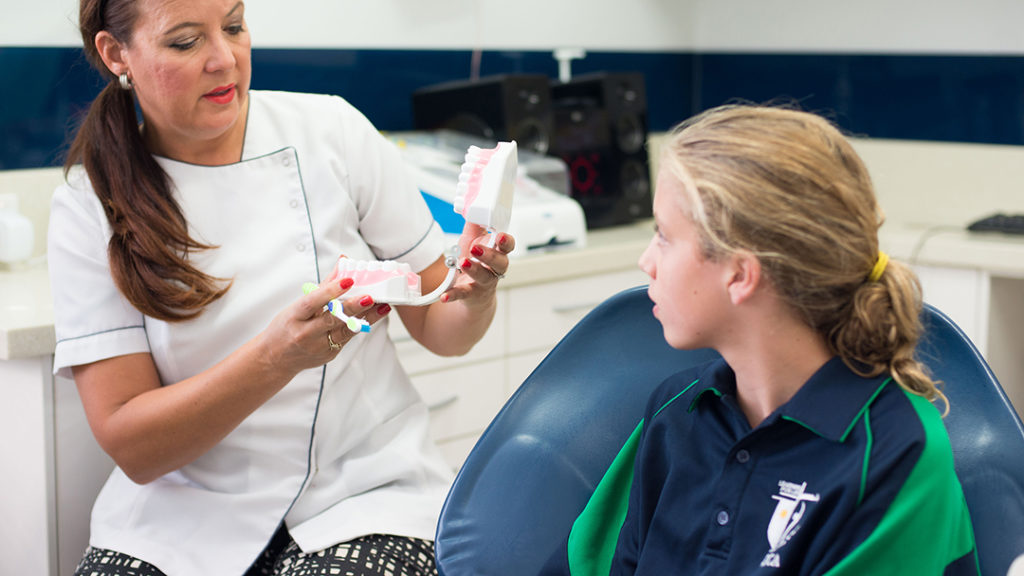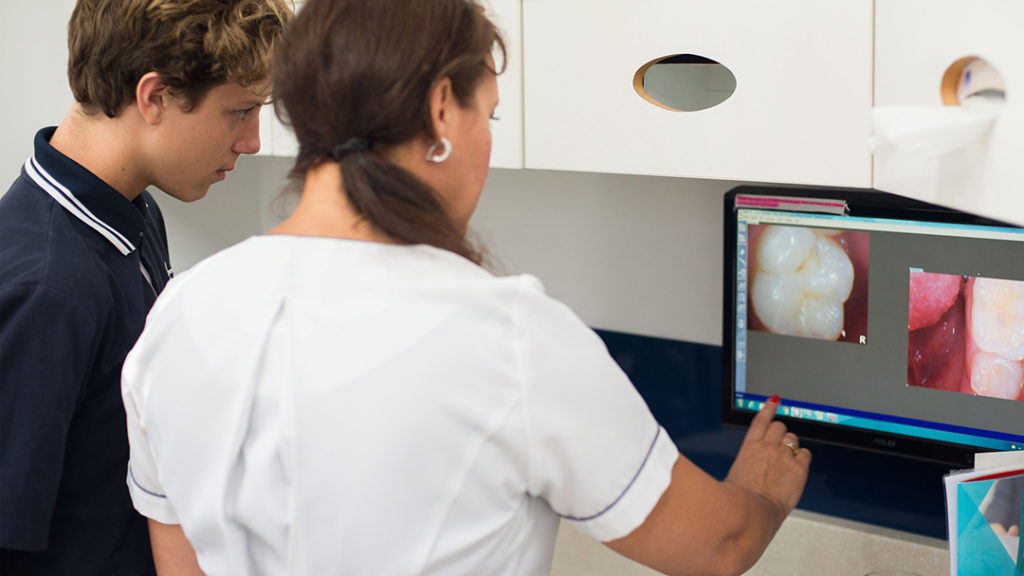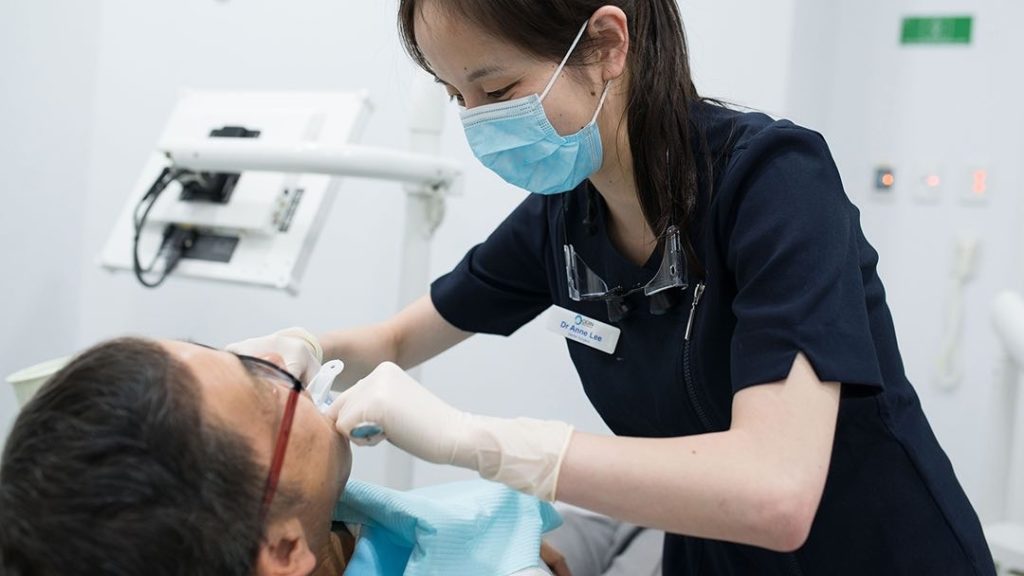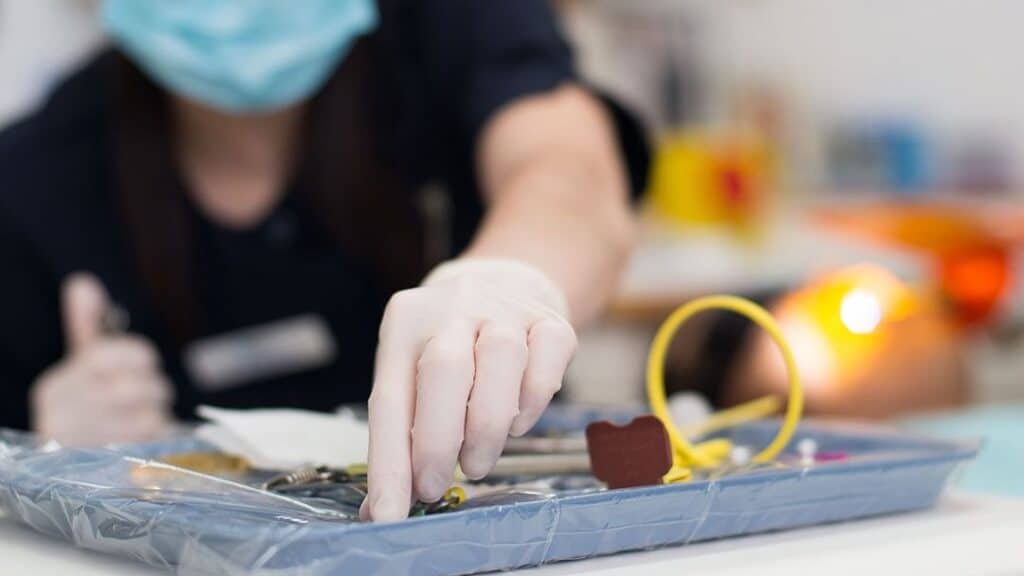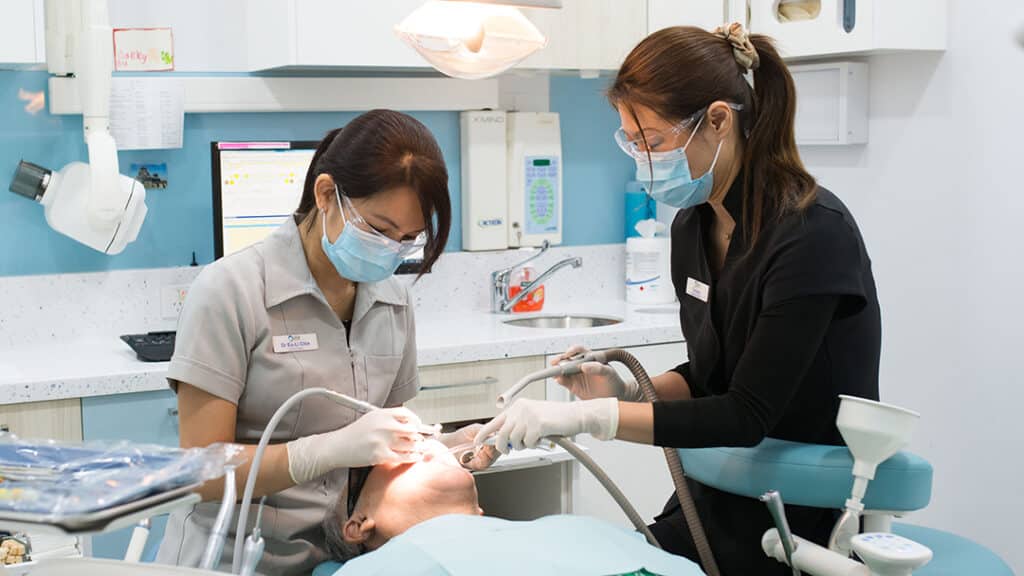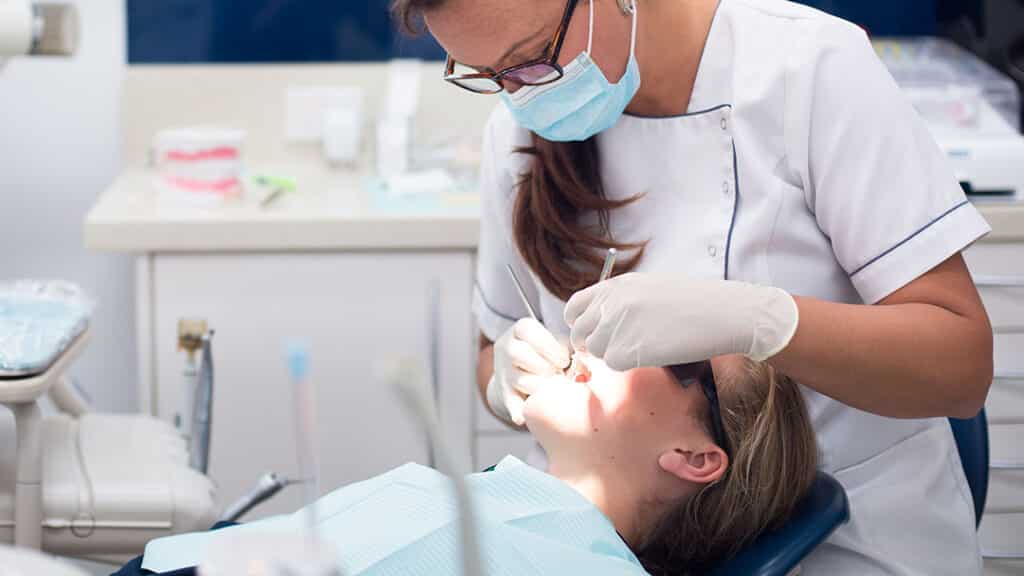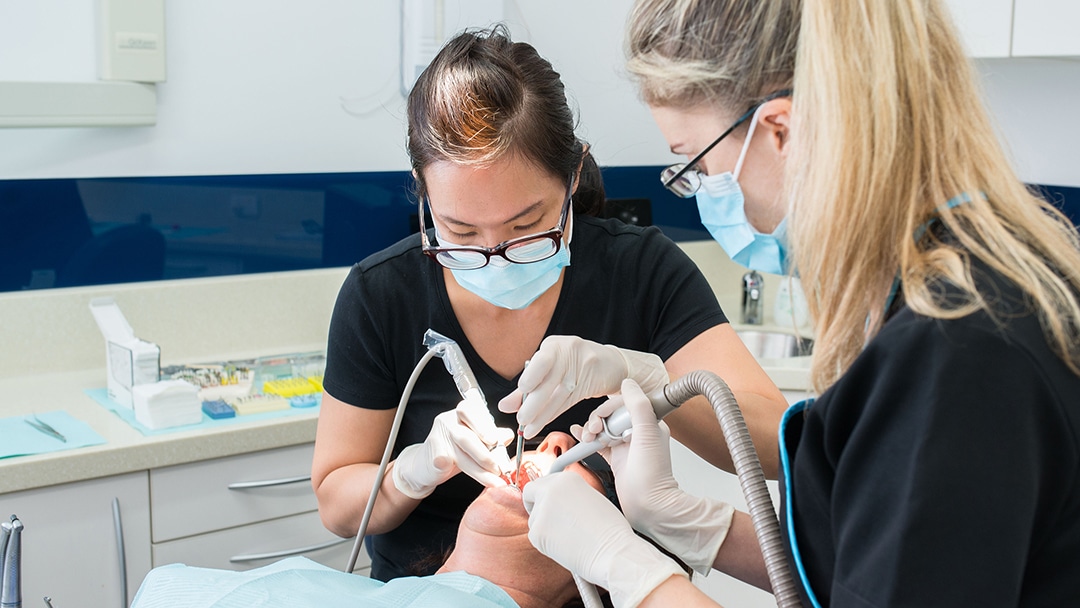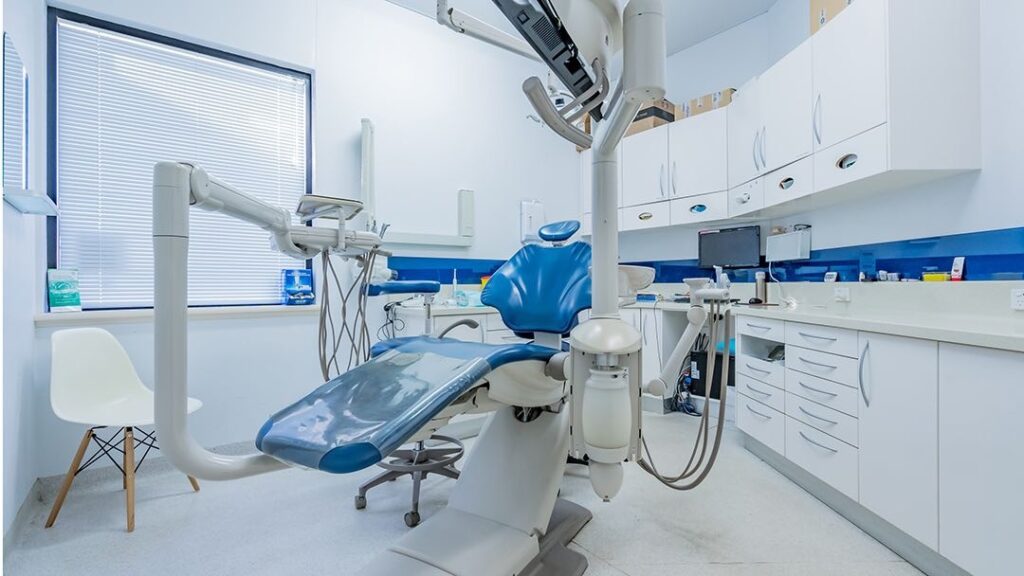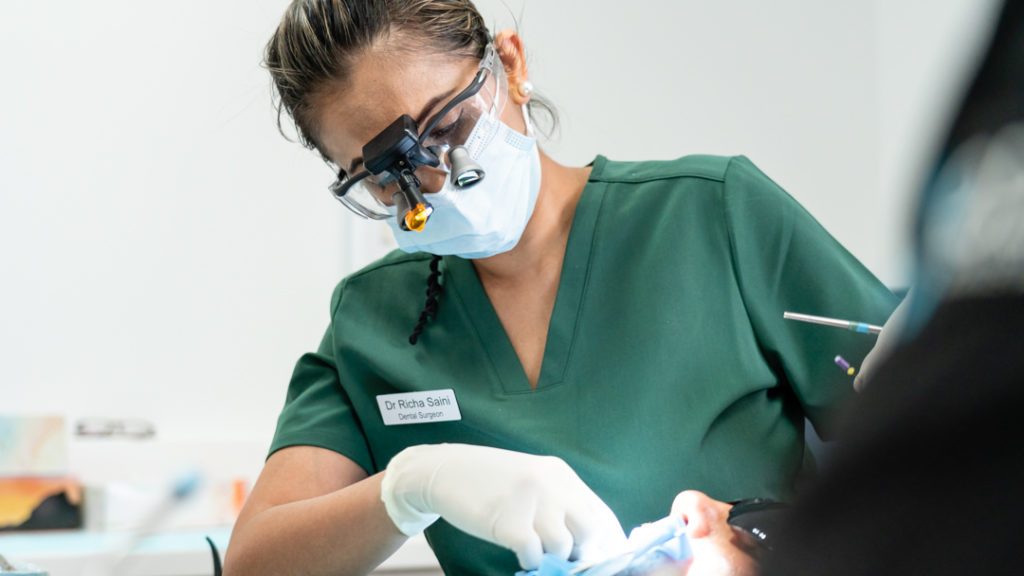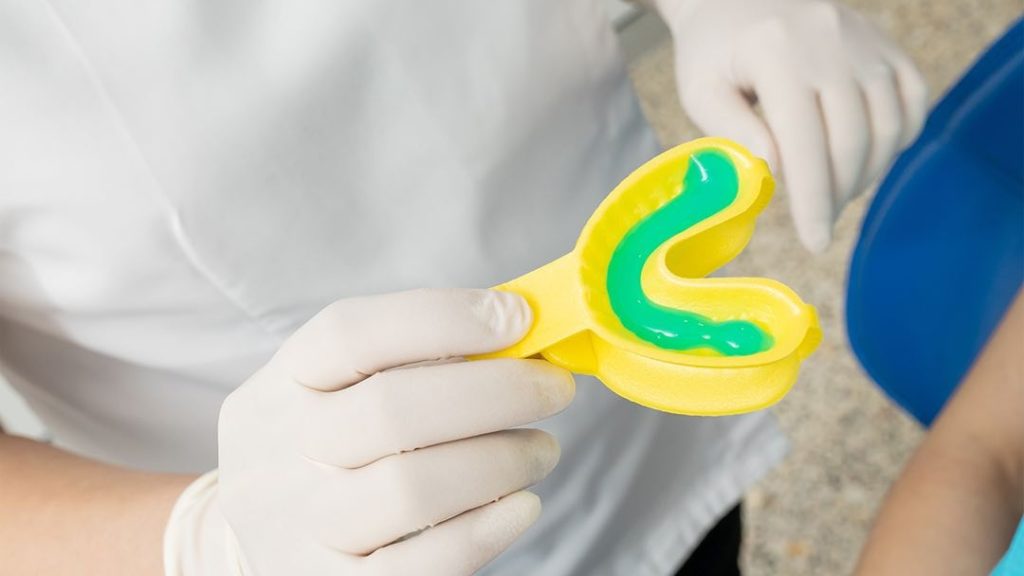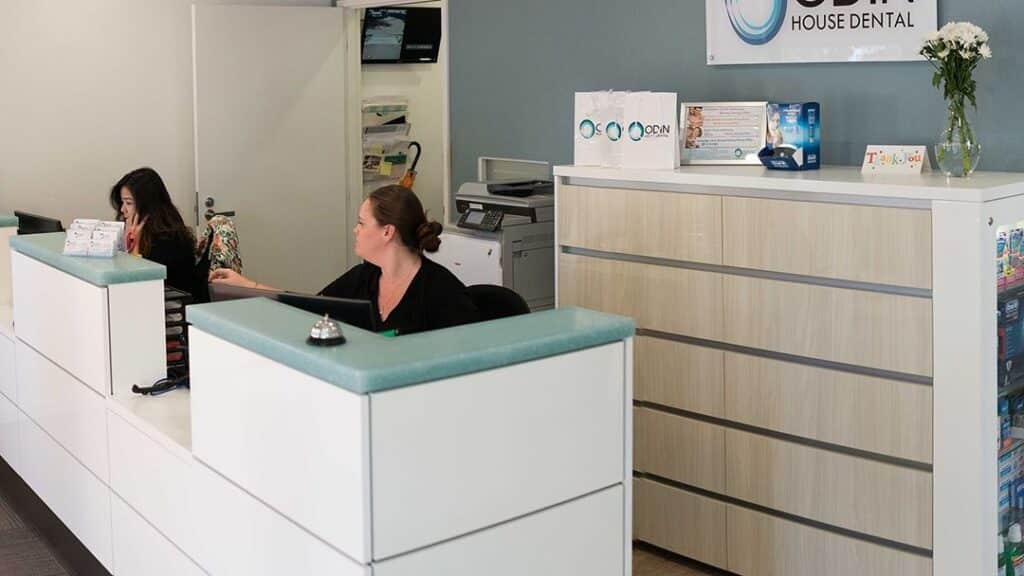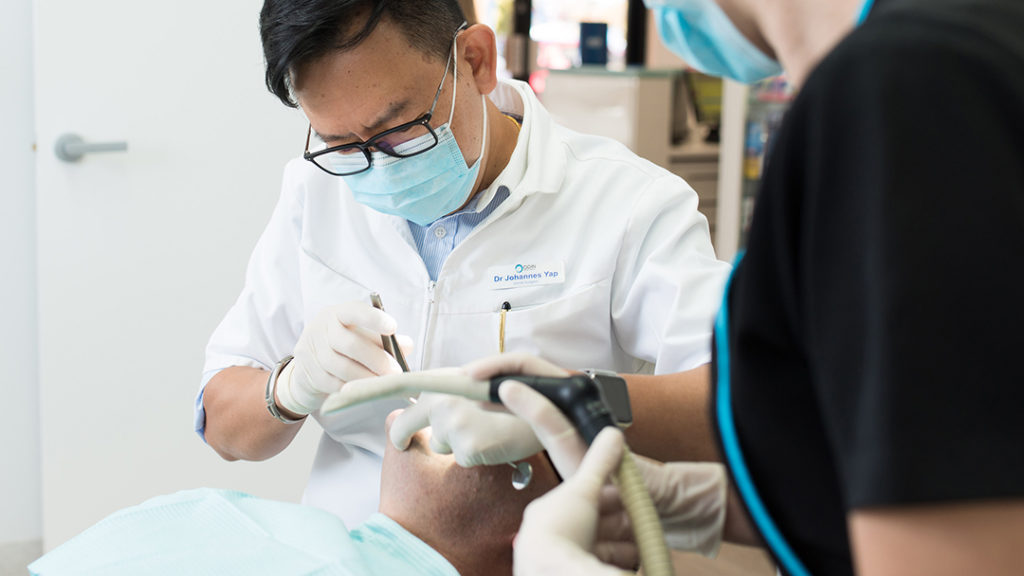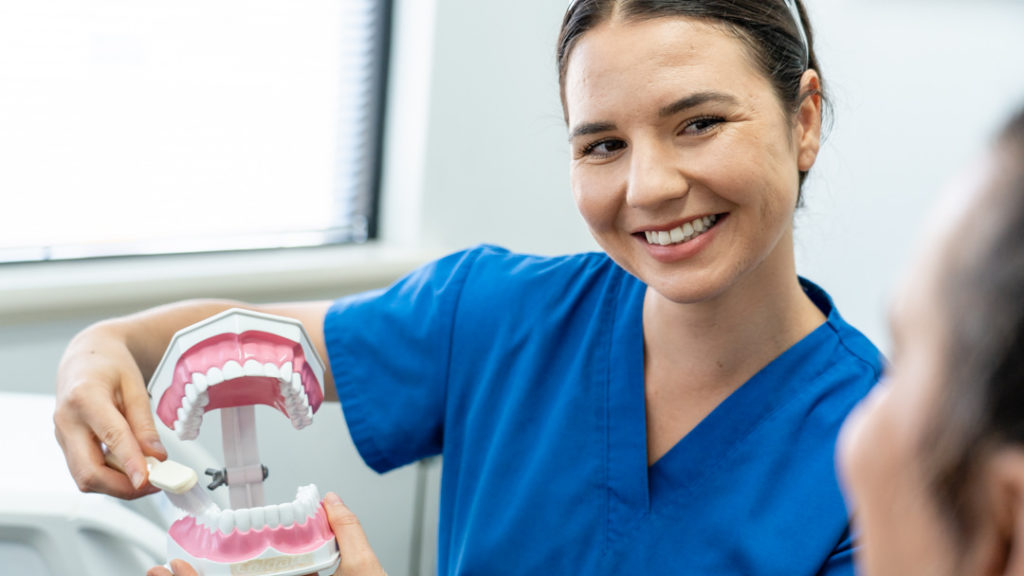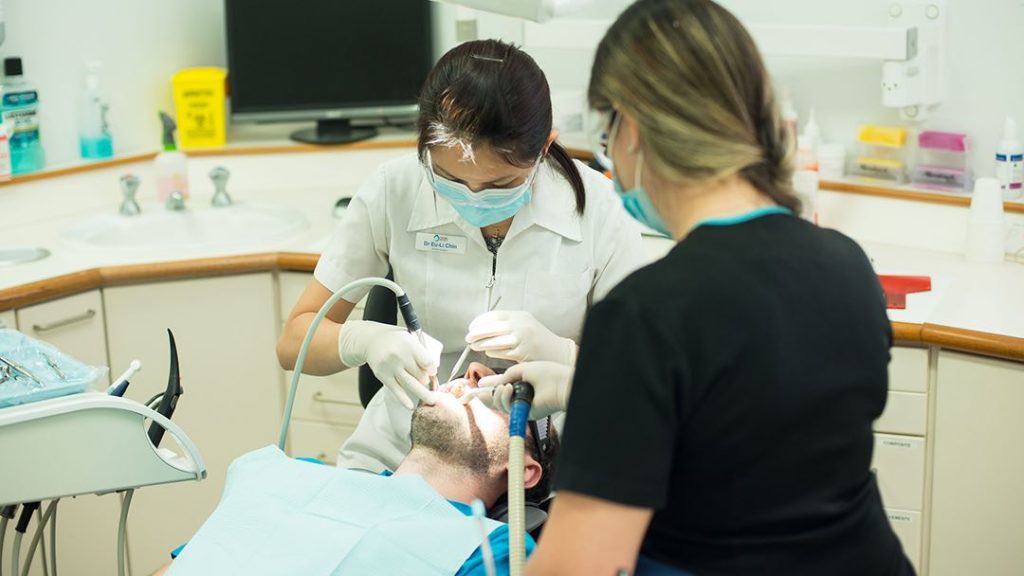Should a 5 Year Old Get Cavities Filled?
Should a 5-Year-Old Get Cavities Filled?
If your five-year-old has cavities, you may be wondering if they should get them filled. After all, they are only baby teeth, and they will lose them anyway, right? The answer to this question is it depends. It will depend on what teeth are affected and the severity of the cavity. Let’s look at why taking your child to a child-friendly dentist is essential to ensure those baby teeth are well cared for.
What Is Paediatric Dentistry?
Pediatric dentistry is a vital part of dental care for children. With proper care from a young age, your child can enjoy healthy teeth and gums for the rest of their life. While many people think that baby teeth are only temporary, and they are, they are also space holders for adult teeth. This means they deserve the same care as you give your teeth. Furthermore, going to a child-friendly dentist at a young age ensures that your children will be more comfortable getting dental care as they grow older. Starting healthy oral habits young is very important to their oral health in the future.
When it comes to oral health, children are constantly growing and changing. Their teeth and gums continually evolve, which can lead to problems. Our pediatric dentistry services consider all of these changes by providing a wide range of oral care options specific to the needs of children. These include preventive measures such as fluoride treatments and sealants, early identification and treatment of cavities, sedation (when necessary), other treatments (when appropriate), and dietary recommendations specific to young children.
Tooth decay and gum disease are two major concerns in pediatric dentistry. Attending a child-friendly dentist for regular checkups and screenings can help your child avoid developing these problems. If you feel your child has issues with their teeth, schedule an appointment today by calling 08 9468 7182.
What Does Odin House Dental Do?
When it comes to cavity filling, many different types may need to be treated. Some of the most common include primary molars (the first teeth to come out), permanent molars (the big teeth at the back of your mouth), and adolescent teeth (teeth between the ages of 11 and 16). Our team of experts looks at your child’s cavity and type of tooth to determine the best course of action. While some will need to be filled, others might be something you shouldn’t worry about, as they will be gone soon and unaffected by the cavity. We understand the consequences of leaving cavities and want to do what is best for the patient. Each situation is different. Let our team of experts help you make the right decision for your child. Call 08 9468 7182 today to get started.
Once your child has had their cavity filled, it’s essential to follow up with regular visits so that any residual problems can be addressed and preventative measures can be taken for future dental health. In addition, we believe in helping you teach your children about proper oral care. From brushing their teeth twice daily to flossing and seeing the dentist regularly, we will discuss this with you and your child. Our team of experts is there to help answer your questions and provide answers that make sense.
What Happens If Cavities Are Not Filled In Children?
Cavities are a common problem in children, and they can have severe consequences for their overall health. Untreated cavities in children can lead to tooth decay, gum disease, and even tooth loss. In addition, untreated cavities can also affect the child’s permanent teeth in some cases. However, it will depend on the severity of the cavity and where it is located for us to decide if it needs to be filled. We don’t always need to fill every cavity a child has.
If you have children that have yet to see a dentist, what are you waiting for? Odin House Dental is a child-friendly dentist that would be happy to see them and assist you in making those tough decisions about what is best for your child’s oral health. Call 08-9468 7182 today! Let us help you with our child-friendly dental services.
About Odin House Dental
Creating an Excellent Patient Experience…
Over the last two decades, Odin House Dental Surgery has been proud to serve the suburb of Innaloo and has grown to include ten dentists, three oral health therapists, and ten support staff. We have eight surgery rooms, a sterilisation room, a laboratory (where we make your mouthguards, whitening trays, and models), and two waiting rooms, including a small play area for children. We also have a unique “special room” complete with a massage chair, large screen TV, and even X Box!
Our dentists are all members of the Australian Dental Association and are local to Perth, so it would be no surprise if you have seen us out and about in the community.

